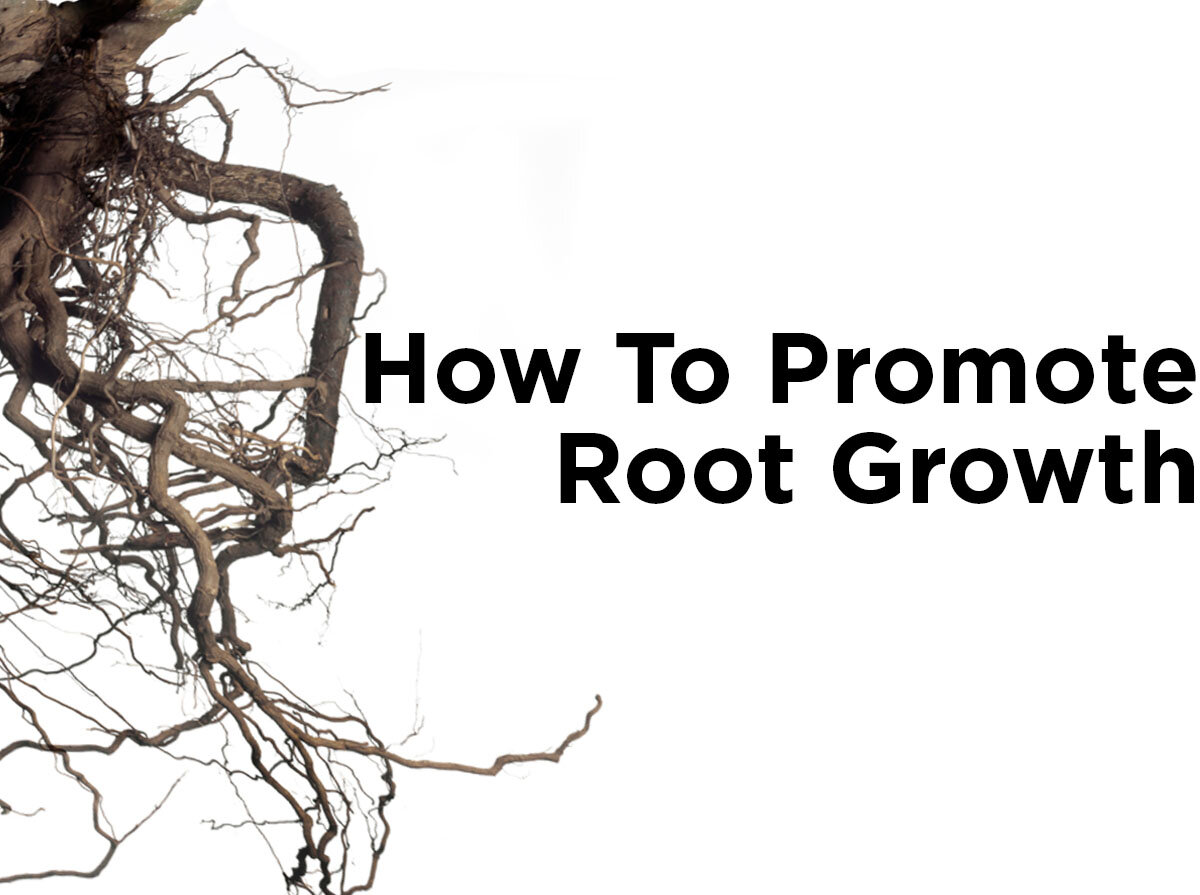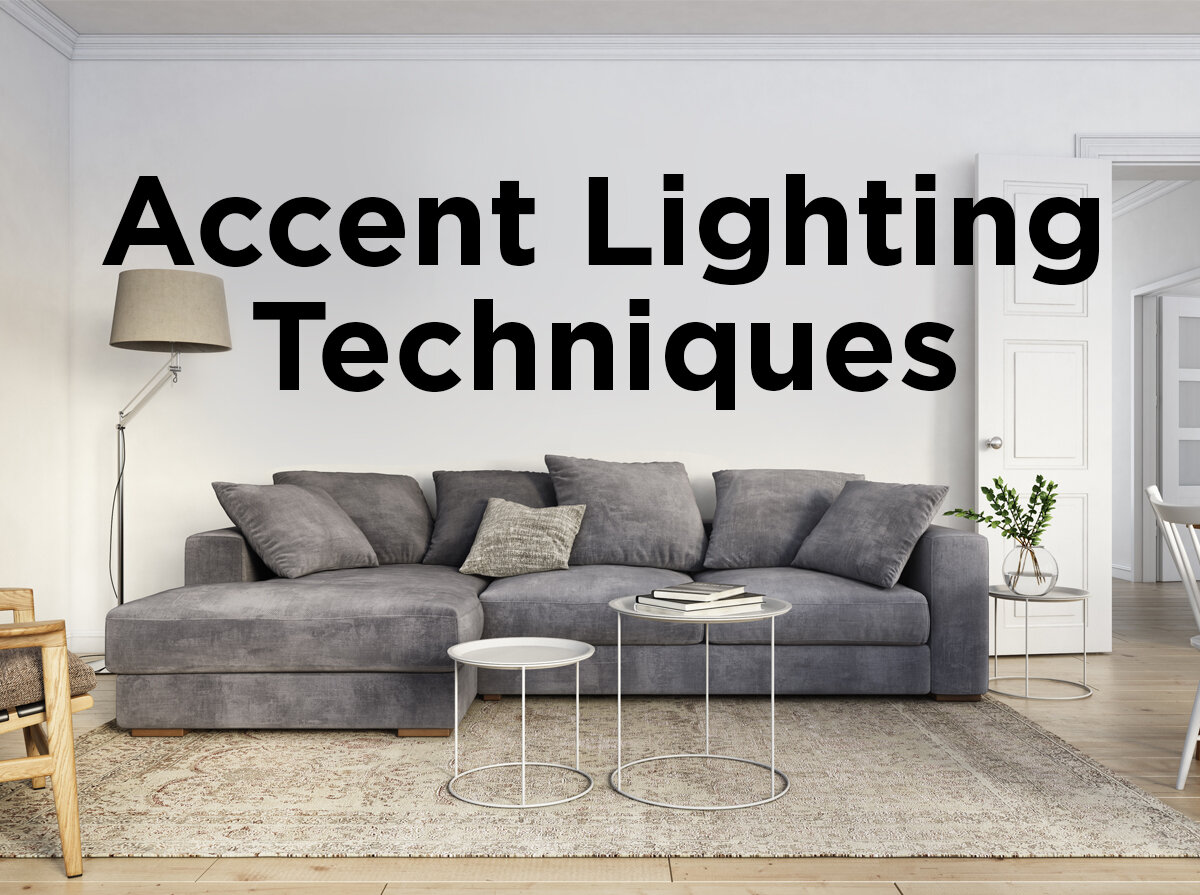Expert Outdoor Lighting Design Tips
Nothing can accent the unique features of your home or yard like a carefully planned outdoor lighting design. But how do you plan your lighting without knowing where (or how) to place your lights? While we’ve already introduced a few basic principles of outdoor lighting, we neglected to share what to consider when planning your layout and what lighting techniques are best in certain areas of your landscape. That’s why in this week’s blog post, we offer these expert tips and more to help turn your shadowy landscape into a well-lit oasis.
Layout Considerations
First, you’ll want to consider your lighting options based on either functionality or aesthetic design. As you survey your landscape, think about how you intend to use your outdoor spaces. Do you like to entertain and need good general lighting on pathways, patios, or decks? Do the kids like to play on the driveway or back lawn after dark? Or do you simply want to enjoy coming home to a nicely lit, inviting landscape in the evening? After all, the design aspect of your layout can be just as important as the function. We’ve all heard how Feng Shui can create balance and harmony in a particular space – similarly, so can your lighting. When planning your layout, think about what areas need lighting for safety or practical use, and what would look great accented or highlighted at night.
Lighting Techniques
After deciding what areas need light, it’s time to choose the right technique for each space. You’ll have a couple of decisions to make. First, you’ll have to choose between ambient lighting and spotlighting, and second, between downlighting and uplighting. Below, we discuss how and where to use each kind of technique.
Ambient lighting, or general illumination, should be used in areas where people like to entertain or that should be well lit as a safety precaution. To create ambient lighting, use lights with wider beam angles (the higher the beam angle, the better) or fixtures that diffuse light to cover more area. Patios, decks, lawns, and driveways are all ideal places to use ambient lighting.
Spotlighting should be used to create strong focal points in your landscape. To create a spotlighting effect, use floodlights with narrow beam angles. For decorative purposes, choose one or two features you want to draw attention to, such as a tree, decoration, or architectural element. For more practical purposes, you could also use spotlighting to draw attention to particularly important places, such as front or back entryways.
Downlighting can be used for either ambient or spotlighting purposes to direct light downward from a tree or the roof of your home. A wide variety of fixtures can be used for downlighting, though most of them use reflector bulbs with beam angles ranging from very wide to very narrow. Some atypical outdoor fixtures for downlighting include low, in-ground lights such as pathway lights or step lights that shine light directly at your feet for safety.
Uplighting on the other hand is typically used for decorative spotlighting purposes. Uplighting directs light from the ground upwards, usually into a tree or architectural feature to create drama by contrasting bold shadows with bright lights. Landscape bullets are one popular uplighting fixture, but others can be viewed (along with many more fixtures!) in our landscape section.
For an Expert Design: Layer your Lighting
Lastly, think about how you will layer your lights. A well-rounded mix of spotlighting, ambient lighting, uplighting, and downlighting throughout your landscape is essential for an artistic and well-balanced lighting scheme. To help you decide on a particular lighting plan, go for a walk around your house at night with a flashlight to verify all the best placements for your lights. This is also a great opportunity to experiment with beam angles and see the different effects produced by uplighting or downlighting. Remember to illuminate the most trafficked areas in your yard to serve practical needs, and to vary the placement and beam angles of your lights to create interest. In the right combination, these tricks will give you the functionality and aesthetics of an expert outdoor lighting design.
Can you think of any expert outdoor lighting tips we may have missed? Let us know in the comments or give us a shout on Facebook, Twitter, LinkedIn, or Pinterest!







